The Yorkville Enquirer reported on Sept. 3, 1890 – “the Globe Cotton Mill began work yesterday morning manufacturing yarns.” On July 24, 1895 the YV Enquirer reported – “The directors of the Globe Cotton Mill have decided to add another story and 350 looms. Mr. London has gone to the Northern markets to purchase machinery, they will also let the contract for 30 additional cottages.”
The Rock Hill Herald of Feb. 8, 1893 reported – “Johnnie, the son of Mr. Thomas Moore of the Globe Factory lost three fingers on his right hand in some of the mill’s machinery last week.”
WU’s Pettus Archives recorded that – local architect, Mr. A.D. Gilchrist drew plans for both an addition to the Victoria Mill in 1916 and plans for a mill boarding house in 1921.
City Directories and History: In 1889, the third cotton factory was organized in Rock Hill, and opened in 1890. The original board of directors consisted of Capt. W. L. Roddey, Arnold Friedheim, J. R. London, A. E. Smith, A. F. Ruff, R. T. Fewell, and J. N. Trainer. John R. London was president and treasurer and P.C. Poag was secretary. The Globe Mill was located on the Southern Railroad south of West Black Street and west of South Wilson Street. In 1895, an addition was made to the mill building along the entire front of the structure. The Globe Mill went into receivership in 1898. A group of investors including most of the original stockholders bought the building and reorganized it as the Victoria Cotton Mill. Capt. W. L. Roddey led this effort.
In 1899, the Victoria began building housing for its 400 workers, each house costing $250. By 1907, there were 375 residents in the village. Houses were located on the following streets: West Moore Street, Gettys Street, Victoria Street, and Roddey Street, South Wilson Street. West End Baptist Church was organized in 1908 to serve residents of the both the Victoria and Arcade Mill Villages. By 1902, the Arcade-Victoria School was organized

MOORE STREET CROSSING NEXT TO THE MAIN VICTORIA MILL
to serve the children of the two mills. It was initially located in a converted house provided by the mill. There were 76 children who were taught by Mrs. R. S. Hanna and Mary Love. In The building was enlarged in 1914, and in 1915, mill officials Alexander Long and Joseph Roddey deeded the building to the school board to be operated as a public school.
The Yorkville Enquirer reported on Dec. 11, 1889 – “The machinery of the Globe Cotton Mill is being received daily. The side tract laid by the Charlotte, Columbia and Augusta RR for the use of the mill is filled with box cars loaded with machinery.”

Image issued on the Union National Bank for the Victoria Cotton Mill in Rock Hill, S.C. Check signed by mill treasurer and later RH banker, Mr. Jno. R. London in 1904.
The Victoria Mill became the test case for use of electrical power from the new India Hook Dam (now Lake Wylie Dam) in 1904. On March 31, with the dam officials present, the mill threw a switch turning on the power which caused every loom and spindle in the mill to come to life with power from the Catawba River. This mill along with many others in Rock Hill was constructed by local contractor, Mr. A.D. Holler.
The Herald reported on April 4, 1900 – Contained a summery of the Rock Hill Cotton Mills:
- Cresent Mill – 7,984 spindles, 192 looms, employees 200
- Manchester Mill – 16,265 spindles, 300 looms, and 525 employees
- Victoria Mill – 7,000 spindles, 275 looms, and 210 employees
- Arcade Mill – 6,032 spindles, 314 looms, and 200 employees
- Highland Park – 6,200 spindles, 800 looms and 325 employees
The YV Enquirer reported on Dec. 9, 1891 – “The new cotton warehouse at the Globe mill is not completed, so their large stock of cotton is lying in the weather.” The paper also stated, “Many families are preparing to move from the country to town and place the women and children in the cotton mills. As a general thing this is a bad omen, for there is scarcely anything for the men to do.”
The Yorkville Enquirer reported on Aug. 1, 1894 – “Preparations are being made for running the Globe mill night and day. ”
The Herald reported on Jan. 11, 1899 – “Rufus Roach, age nine, was hurt at the Victoria Mill when his leg was caught in the screw of the quiller frame. ”
The Herald reported on May 17, 1899 – “The first annual stockholders of the Victoria Cotton Mill was held in the office of Pres. J. R. London. The mill showed a very good profit this year but no dividend was declared. The mill produces hosiery yarns and Ginghams and has 5,000 spindles and 250 looms. The board is composed of: A. Friedheim, A.E. Smith, R.T. Fewell, W.L. Roddey, A. F. Ruff, John R. London – all of Rock Hill and George H. Bayne of New York and A.B. Mole of North Adams, Mass.”
The Herald reported on Feb. 21, 1900 – “The Victoria Cotton mill is erecting ten cottages for operatives.”
The Herald reported on March 24, 1900 – “Capt. W.L. Roddey has let a contract to Mr. Wm. Mitchell for the erection of five cottages on the lots lying between the Victoria Mill and Freidheim’s Park or Pond. Work has already commenced.”
The Herald reported on Oct. 6 – 1900 – “A small store has been erected on the back part of Mr. J.H. Shinn’s lot near the Victoria Mill and it is now occupied by Mr. F.M. Beckler.”
The Herald reported on April 20, 1901 – “Mr. W.S. Brown has purchased the stock of groceries of the Rock Hill Grocery Company at the Victoria Mills and will continue business at the same stand.”
The Rock Hill Journal, June 12, 1901 – “A free kindergarten will open next Monday at the house in which the Arcade – Victoria school has been taught. It will serve ages 4-7.”
May 31, 1902 – The Herald reported, “the Victoria Cotton Mill was awarded the first gold metal of the Charleston Exposition for the best quality of gingham.”
The Herald reported on April 18, 1903 – “A.V. Worthy had his right arm badly caught in some machinery at the Victoria Mill. Dr. Cornwell and Dr. Hunter treated the wound.”
The Herald reported on May 20, 1903 – A steel tank with a capacity of 30,000 gallons of water has just been erected at the Victoria Mill for fire protection. Around the tank the words, “Victoria Cotton Mills” in 30″ letters have been painted.
The RH Record reported on June 27, 1907 – “The Harris Manufacturing Co., which is to erect a new mill here, has been organized. Operations will begin at once on the erection of the new mill on the Hall property west of the City. The plans have already been drawn.”
The Record reported on Nov. 14, 1907 on the employment level in the Rock Hill Mills. Number of employees: Aragon (275), Arcade Mill (225), Carhartt (125), Manchester Mill (325), Highland Park Mill (350), and Victoria Mill (225).
The Record reported on Jan. 27, 1908 – The Victoria Mill has new signs – “Victoria Cotton Mills” and “Staple Gingham and Hosiery Yarns” signs by C. B. Haynes an artist in that lines.
The Rock Hill Record reported on Oct. 26, 1908 – “There was an explosion at the Victoria Mill. A cylinder in the dye house exploded and knocked out about 15 ft of the wall of the side of the building. It broke out all the windows and injured Mr. Whitehead, who was in work at the dye house. Supt. Gettys said he cannot determine the cause.”
The Rock Hill Herald reported on Feb. 11, 1916 – “The formal opening of the Victoria Mill Village Community House will be held today. There will be addresses by Pres. W.J. Roddey, V.P. W.J. Roddey, Jr., Dr. J.R. Miller, Ms. Mary Frazier. There will be responses on behalf of the mill by Ms. Ollie Stutts, and Will Steele. The house will be under the direction of Ms. Mary Hickson and Ms. Abbie Bryan.”
The Rock Hill Herald reported on May 17, 1916 – “A baby of Maggie Boulware, who lives across the railraod from the Victoria Mill, was burned in an accident. The child was about one year old. Dr. Cowhard (?), and Dr. Blackmon attended the baby who later died.”
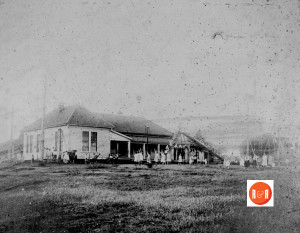
Image of the early Arcade – Victoria Mill school house. Courtesy of he Crosby Collection – R&R The Herald reported on Sept. 20, 1902 – “The Victoria School, Mrs. R.S. Hanna, Principal, now has seventy six students enrolled. Ms. Mary Love is the assistant. The building is a new one, very comfortable. It is 34 – 65′ and has two large classrooms, two cloakroom and a broad hall.”
Textile operations ceased at this annex in the 1930s. It was purchased in 1936 by J. C. Hardin and housed the Rock Hill Body Company for a number of years. This building has been redeveloped and is listed in the National Register of Historic Places.
In later years, W. J. Roddey and John E. Gettys were presidents of the Victoria Mill. The mill closed, and the building has been demolished. Only a small part of the mill village is intact.
The SC Architects: 1885 – 1935, Wells and Dalton, 1992 reported, “That architect Charles C. Hook designed cotton warehouses for the Victoria Mill in 1912 at a building cost of
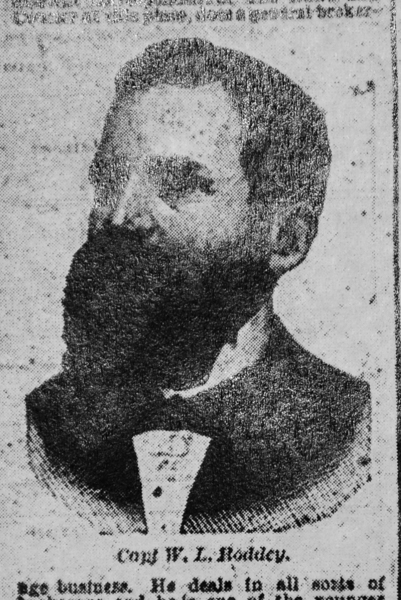
Capt. W.L. Roddey, one of Rock Hill’s leading businessman was featured in the Charleston News and Courier in 1890. He was one of many young entrepreneurs from Chester and Lancaster Counties who moved to Rock Hill following the Civil War. He was also one of the men who recruited many of his kinsman to also relocate to the city.
$5,300.”

W. J. Roddey was one of the very prominent Rock Hill businessman who had moved to the city following the Civil War to make his mark. The Charleston News and Courier featured his etching in their 1890 issue of Rock Hill.
The Herald reported on Feb. 8, 1893 – “That Johnnie, a son of Mr. Thomas Moore of the Globe Factory, lost three fingers of his right hand to machinery at the mill last week.”
The Herald reported on August 7, 1895 that the Globe Mill is to have an addition built of 320 additional looms. The work will add 50 feet to the existing length of the building plus a new front along the entire 300 foot length with a depth of 40 feet. More tenement houses will be erected.
The Herald reported on October 23, 1895 that the addition to the Globe Mill was nearly complete. The Herald reported in May of 1902 – “That William Sexton, an operative at the mill, had a very painful experience last Tuesday afternoon. He was perched on a ladder while oiling overhead machinery, when the ladder slipped and fell with Sexton. He broke is upper jaw bone, two ribs, and his collarbone. Dr. J.F. Massey, Jr., was called and fixed up the young man.”
The Herald reported on Oct. 15, 1902 – L. Sheperd, while engaged in work at the Victoria Mill, had the misfortune of getting his right hand in a cloth folder. The second finger was broken and the third asserted.
Contribution and written by Paul M. Gettys

Arcade – Victoria School in the 1940s. Courtesy of the SC Dept. of Archives and History
Sources: The Herald, Lynn Willoughby, The Good Town Does Well, Rock Hill, S. C., 1852-2002, published 2002 by the Rock Hill Sesquicentennial Committee, Douglas Summers Brown, The City Without Cobwebs, A History of Rock Hill, South Carolina, Columbia: University of South Carolina Press, 1953.
The Rock Hill Record reported on March 8, 1904 – “Operations at the Victoria Mill were suspended last week in order to install motors and other changes necessary for receiving power from the Catawba Power Company. All the new machinery has arrived and Supt. J.H. Shinn, said he expects the mill to be in operation within two week. This will be the first mill in the city to use electric power from the Catawba Power Company.”
The Rock Hill Record reported on April 4, 1904 – under a Headline “Power Is Here!” – that Victorian Mill was operated yesterday for the first time with power from the dam. The dam and power plan is a $1 million dollar investment. The electrical current was turned on at 6 o’clock and every piece of equipment sprang to life. Gill Wylie, W.S. Lee, and Sec. Martin were present along with Major J.R. London, Pres. of the mill, and Supt. of the mill Jonathan A. Shinn.”
The Herald reported on Sept. 29, 1907 – “A.D. Holler has the contract for the erection of the Harris Manufacturing Compay. The foundation is of concrete and the walls will be of red brick and red morter. The site for the building is located on what is known as the E.W. Hall property, near the home of Mr. V.B. McFadden. West Main Street has been extended to the mill and the building will face this street. This will be the first mill to be heated and cooled by electricity. Mr. Harris is Pres. of five or six cotton mills in the Carolinas. Mr. W.S. Adams is Sec. of the mill which will employee about 75 operatives. “
The McElwee Store ledger of 1915 – 16 listed Victoria Mill employee, Charles R. Craven and his wife Mittie J., living on East White near Academy as having an account at the store.
The Herald reported on Sept. 4, 1925 – “That school enrollment has been announced for the fall term: High School (451), Jr. High School (234), Central School (388), Arcade-Victoria (102), Northside (350), Highland Park (72), Ebenezer Avenue (324), Kindergarten (54), Emmett Scott (420), Boyd Hill (114).”
The Herald reported on Feb. 25, 1915 – “That the Texas Oil Company will locate in Rock Hill on ground near the railroad beyond the Victoria mill.”

Diagram of the Victoria Cotton Mill – Courtesy of the Galloway Map Collection
The Herald reported on Sept. 26, 1906 – “That John E. Gettys has employed as foreman of the finishing room and will take position as boss weaver, vacated by C.R. Craven.
The Lewis Hines Photo Collection tells an important history of the textile industry in Rock Hill, S.C., and elsewhere in the South. Click on the site to be linked with the Hines photo collection of mill workers throughout the region. Also click on Laurelwood Cemetery Tours for Roddey’s gravesite.
Stay Connected
Explore history, houses, and stories across S.C. Your membership provides you with updates on regional topics, information on historic research, preservation, and monthly feature articles. But remember R&R wants to hear from you and assist in preserving your own family genealogy and memorabilia.
Visit the Southern Queries – Forum to receive assistance in answering questions, discuss genealogy, and enjoy exploring preservation topics with other members. Also listed are several history and genealogical researchers for hire.
User comments welcome — post at the bottom of this page.
Please enjoy this structure and all those listed in Roots and Recall. But remember each is private property. So view them from a distance or from a public area such as the sidewalk or public road.
Do you have information to share and preserve? Family, school, church, or other older photos and stories are welcome. Send them digitally through the “Share Your Story” link, so they too might be posted on Roots and Recall.
Thanks!
User comments always welcome - please post at the bottom of this page.




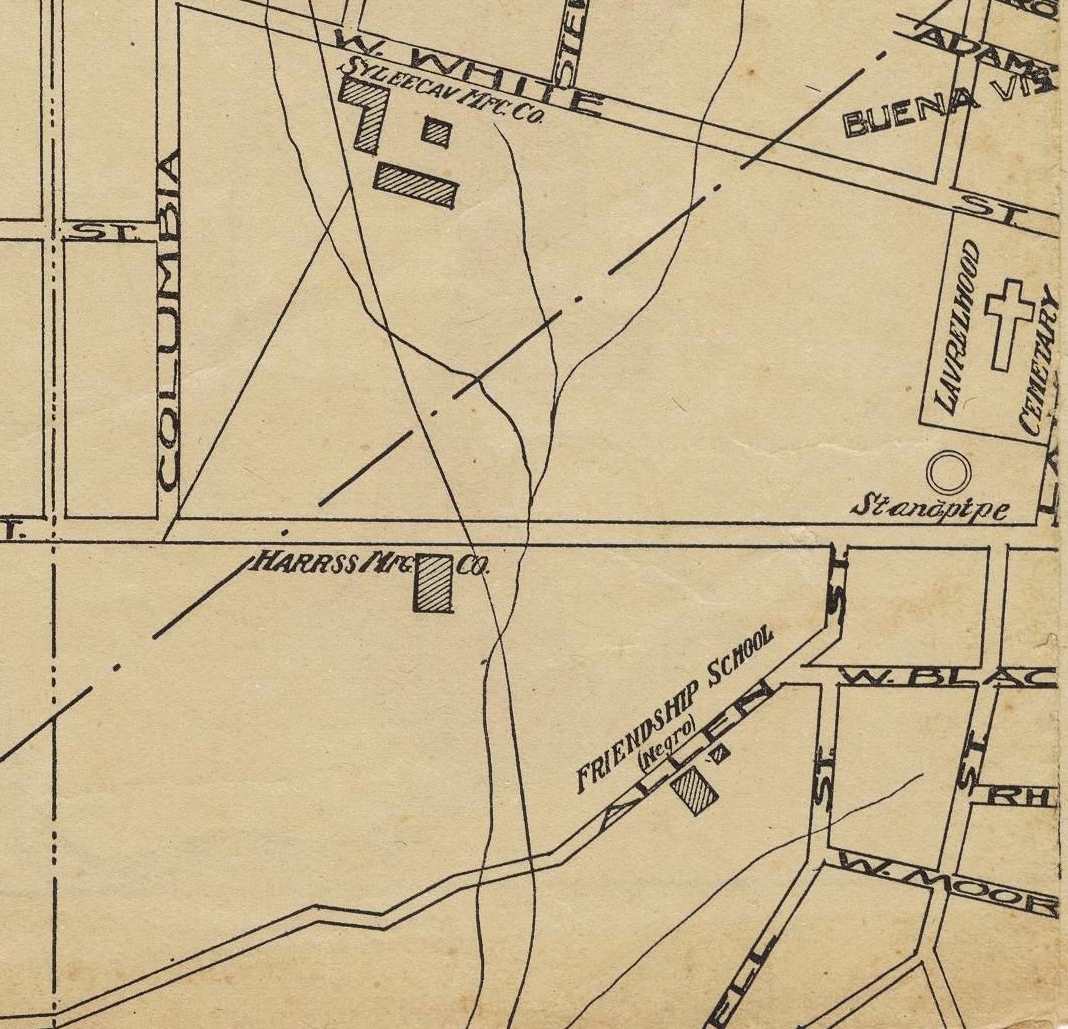

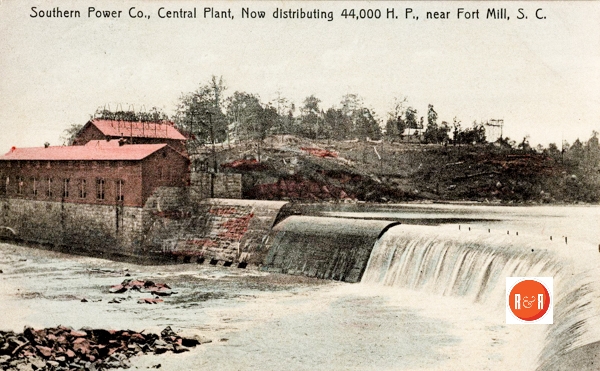

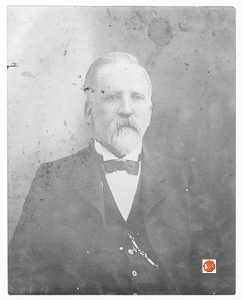
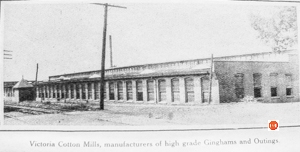





Where may I view the Lewis Hines photo collection?
http://publicdomainreview.org/collections/lewis-hines-composite-photographs-of-child-labourers-1913/